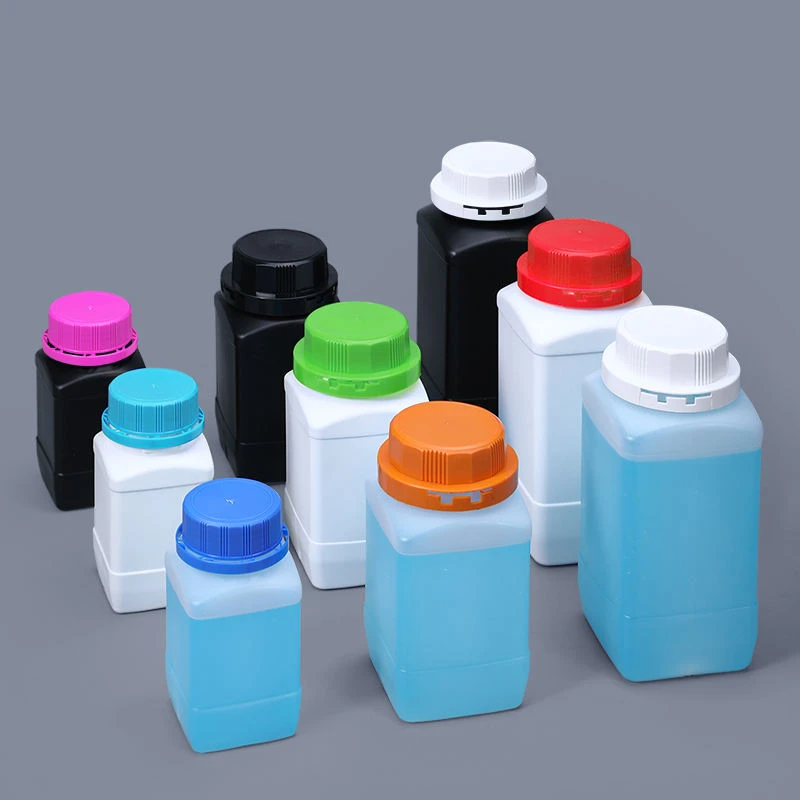plastic bottle shape design
The Art and Science of Plastic Bottle Shape Design
In the realm of product design, the shape of everyday items often goes unnoticed. Yet, plastic bottles stand as a fascinating example of how form can follow function and aesthetics, influencing consumer behavior, environmental impact, and manufacturing efficiency. The design of a plastic bottle is not just about holding liquid; it is a multidisciplinary endeavor that combines engineering, marketing, and environmental considerations.
Ergonomics and Functionality
At first glance, the shape of a plastic bottle may seem straightforward. However, ergonomic considerations play a crucial role in the design process. A well-designed bottle should be easy to grip, pour, and store. For instance, the curvature of a bottle’s neck and the contour of its body can significantly influence how comfortably it fits in the hand. This is particularly important for products meant for on-the-go consumption, as consumers often seek convenience and ease of use.
Moreover, the bottle's shape affects its functionality in other essential ways. A wider base may provide stability, preventing the bottle from tipping over, while a narrower neck can allow for precise pouring, especially in products like oils or condiments. Additionally, the shape can influence the pouring dynamics, adjusting the flow rate and minimizing spills. Therefore, every curve and angle is thoughtfully crafted to enhance user interaction.
Marketing and Branding
The aesthetics of a plastic bottle are also crucial for marketing and branding purposes. The shape, color, and design elements must resonate with the target audience while standing out on retail shelves. A unique bottle shape can create a memorable brand identity and evoke feelings associated with the product inside. For example, brands often experiment with unconventional shapes to create a sense of novelty and differentiate themselves in a saturated market.
plastic bottle shape design

Furthermore, the design must consider labeling and branding opportunities. A bottle designed with a flat panel lends itself well to stickers or printing, making it easier for companies to convey their product's message and values. Consequently, the interplay between aesthetic design and marketing strategies underscores the importance of shape in a competitive landscape.
Environmental Considerations
In recent years, the environmental impact of plastic bottles has garnered significant attention. As consumers become more environmentally conscious, designers face the challenge of creating shapes that not only serve functional and aesthetic purposes but are also sustainable. This involves selecting materials that are recyclable or biodegradable and designing shapes that minimize material usage.
Innovative design approaches, such as the use of thinner walls or adjusting the shape for optimal stacking during transport, can reduce the overall plastic consumption. Moreover, designing for recyclability means considering how the bottle can be easily deconstructed and processed after use. The push for eco-friendliness is reshaping the norms of plastic bottle design and pushing designers to think critically about the lifecycle of their products.
The Future of Plastic Bottle Design
As technology advances, the possibilities for plastic bottle shape design are expanding. 3D printing, for example, enables designers to experiment with unconventional forms and materials, promoting innovation. Additionally, smart technology integration, such as sensors that track product freshness or indicate when the bottle is empty, could lead to new shapes that accommodate these features.
In conclusion, the design of plastic bottle shapes is a complex interplay of ergonomics, marketing, and environmental sustainability. With each new shape, designers not only pursue practicality and aesthetics but also navigate the imperative of reducing environmental impact. As the industry evolves, the future of plastic bottle design promises to be as dynamic as the products they hold, inspiring designers to continually rethink and redefine the humble plastic bottle.
-
Aesthetic Makeup Spray Bottles | Fine Mist Empty RefillableNewsAug.19,2025
-
White Plastic Veterinary Vaccine Vials | Lab Liquid BottlesNewsAug.18,2025
-
Plastic Medicine Liquid Bottle: Secure Flip Top Drug VialsNewsAug.17,2025
-
Durable 250ml Blue Plastic Vaccine Vial for Lab & Vet UseNewsAug.16,2025
-
Sterile Virus Sample Tubes: Secure & Reliable Specimen CollectionNewsAug.15,2025
-
White 250ml Plastic Vaccine Vial for Lab & Vet MedicineNewsAug.14,2025
























